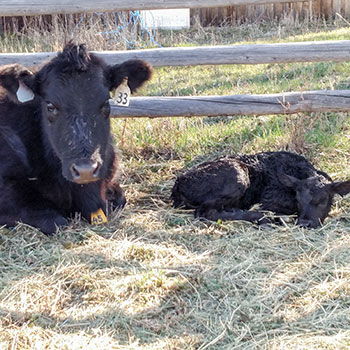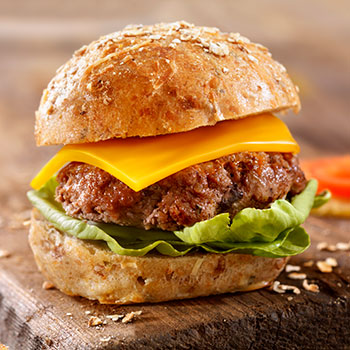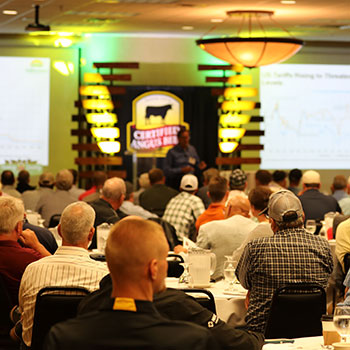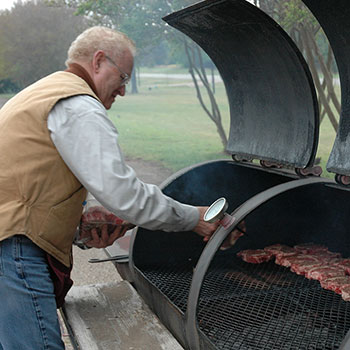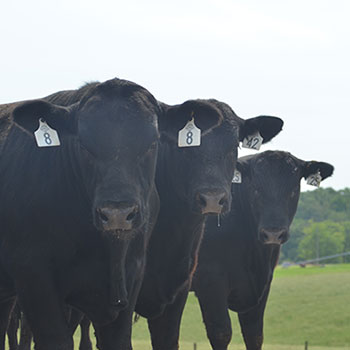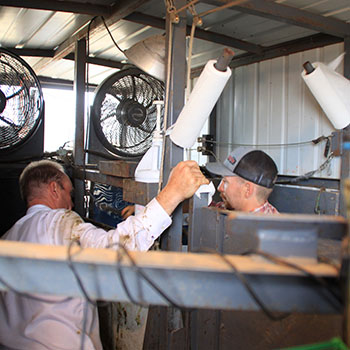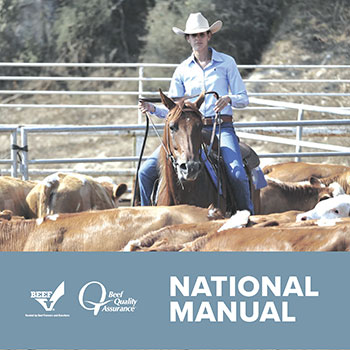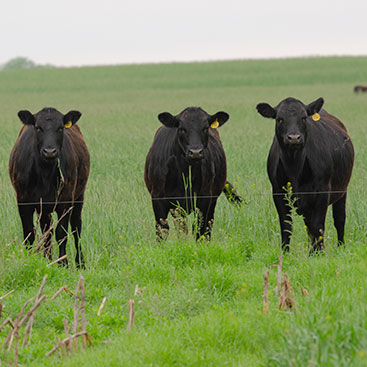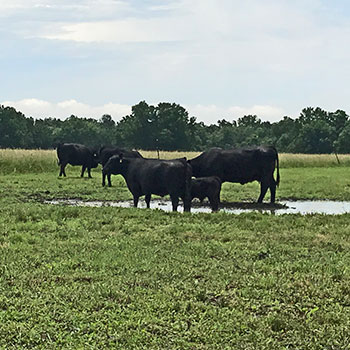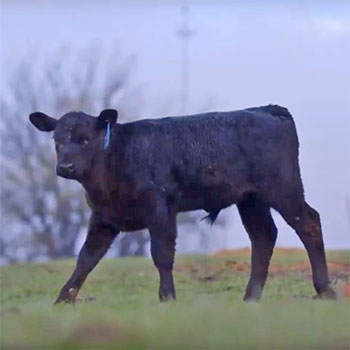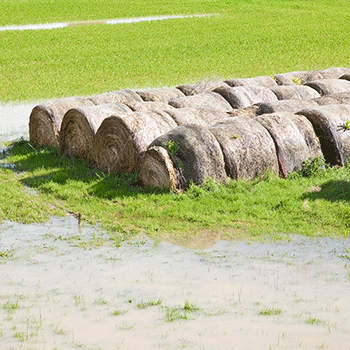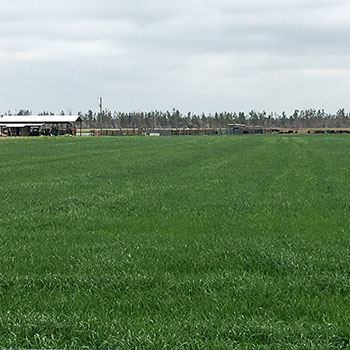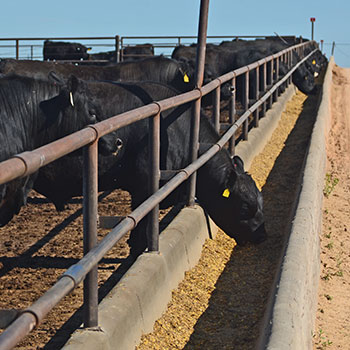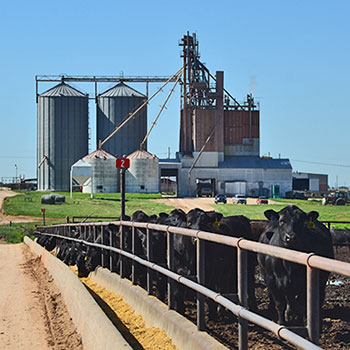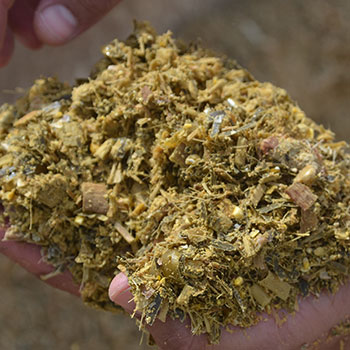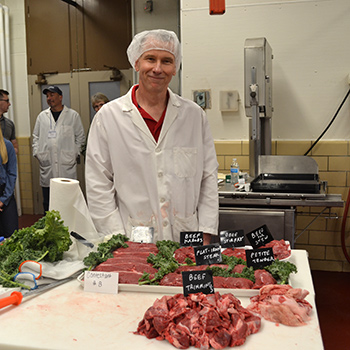Developing a Herd Health Program
Forward planning and management optimize herd health.
Infectious diseases occur when the body is overwhelmed by pathogens. A healthy animal with strong immunity is less likely to become sick than an animal with poor immunity.
Properly timed vaccination can help create good herd immunity against some of the common cattle diseases. Shannon Williams, Lemhi county extension educator in Salmon, Idaho, says not all vaccines work the same way, however, and it pays to know what kind to use and when.
“The first step is to have a good working relationship with your veterinarian,” says Williams. If your vet knows your individual situation and herd, he or she can advise you on various vaccines and when they should be administered for best results.
Your vet can tell you what’s new on the market, and which vaccines are working the best in certain situations, or when they might be needed — for things like pinkeye, calf diseases, etc. Some companies are starting to develop regional vaccines that might work better for the “bugs” in certain areas. If you are not working with your veterinarian, you might not have access to this kind of information, she says.
“It also pays to write down recommended protocols, so you have a record of what you are using, when you need to be using it, and when boosters should be given. Then you can plan your cattle working times,” she recommends.
Timing on most of the boosters will make a difference in whether they will be effective; many vaccines don’t give full protection until they are properly boostered.
“You may need to stay within brand names and follow label directions when giving boosters. Always read labels in case something has changed, and also to refresh your memory on dosage, site of injection, etc., and follow BQA (Beef Quality Assurance) guidelines for giving injections,” she says.
Make sure vaccine guns are clean, but don’t use disinfectants because those will inactivate modified-live virus (MLV) vaccines.
Make sure your crew uses good BQA procedures, and the animals are not stressed while being worked, says Williams. Stress will hinder the animal’s ability to mount a good immune response and affect a vaccine’s effectiveness.
“If you are vaccinating cattle the same time you are using heat synchronization programs (to minimize the number of times you put cows through the chute), talk with your vet about any interactions between the hormones/synch products and the vaccines,” she advises. “While it may seem like a good idea to save another trip down the chute, it may not give you the biggest bang for your buck. If the vaccines don’t work optimally, you may be wasting the money you paid for the vaccine.”
When ordering vaccine that will be shipped, always order on a Monday so it will arrive in timely fashion and won’t be sitting somewhere over the weekend where it might get too warm or cold. It won’t be effective if the temperature is not right.
Also, store vaccines properly and have a thermometer in your refrigerator to make sure you are not compromising vaccine effectiveness before you even put them into the cows.
“If you are bringing new cattle into your herd, know where they are coming from and what their vaccination program has been — and whether they need to be vaccinated again soon. It’s also a good idea to isolate them for a couple weeks before putting them with the herd, just to make sure they are not getting sick with something you don’t want your herd exposed to,” says Williams.
With a bit of planning and management you can optimize your herd health.
Editor’s note: Heather Smith Thomas is a cattlewoman and freelance writer from Salmon, Idaho.
